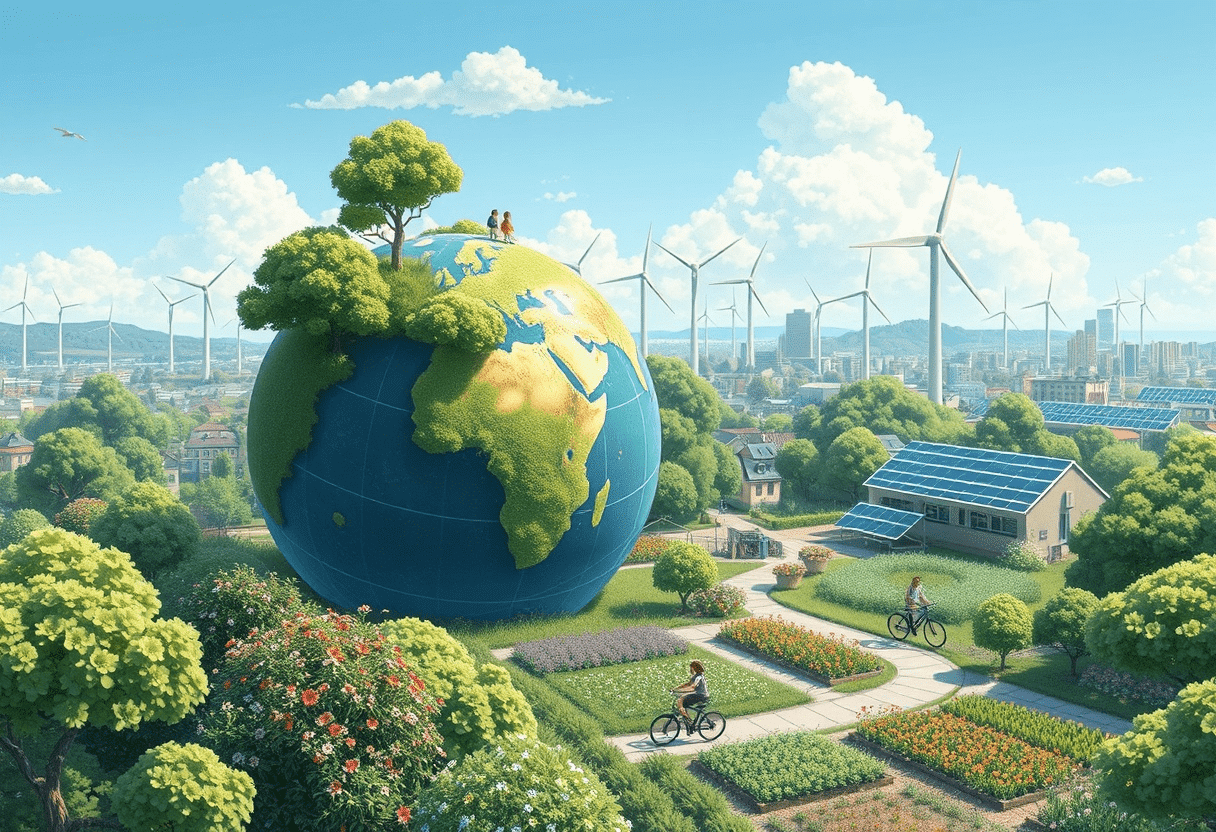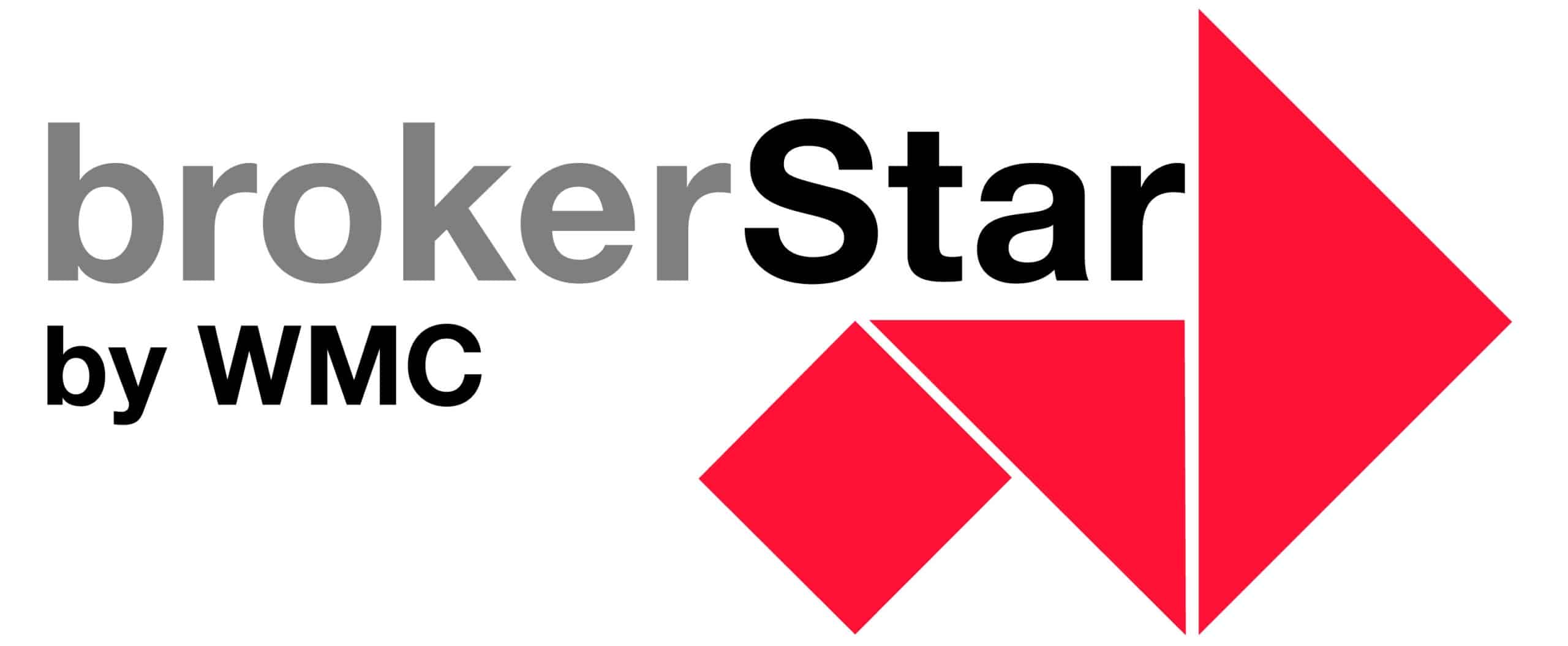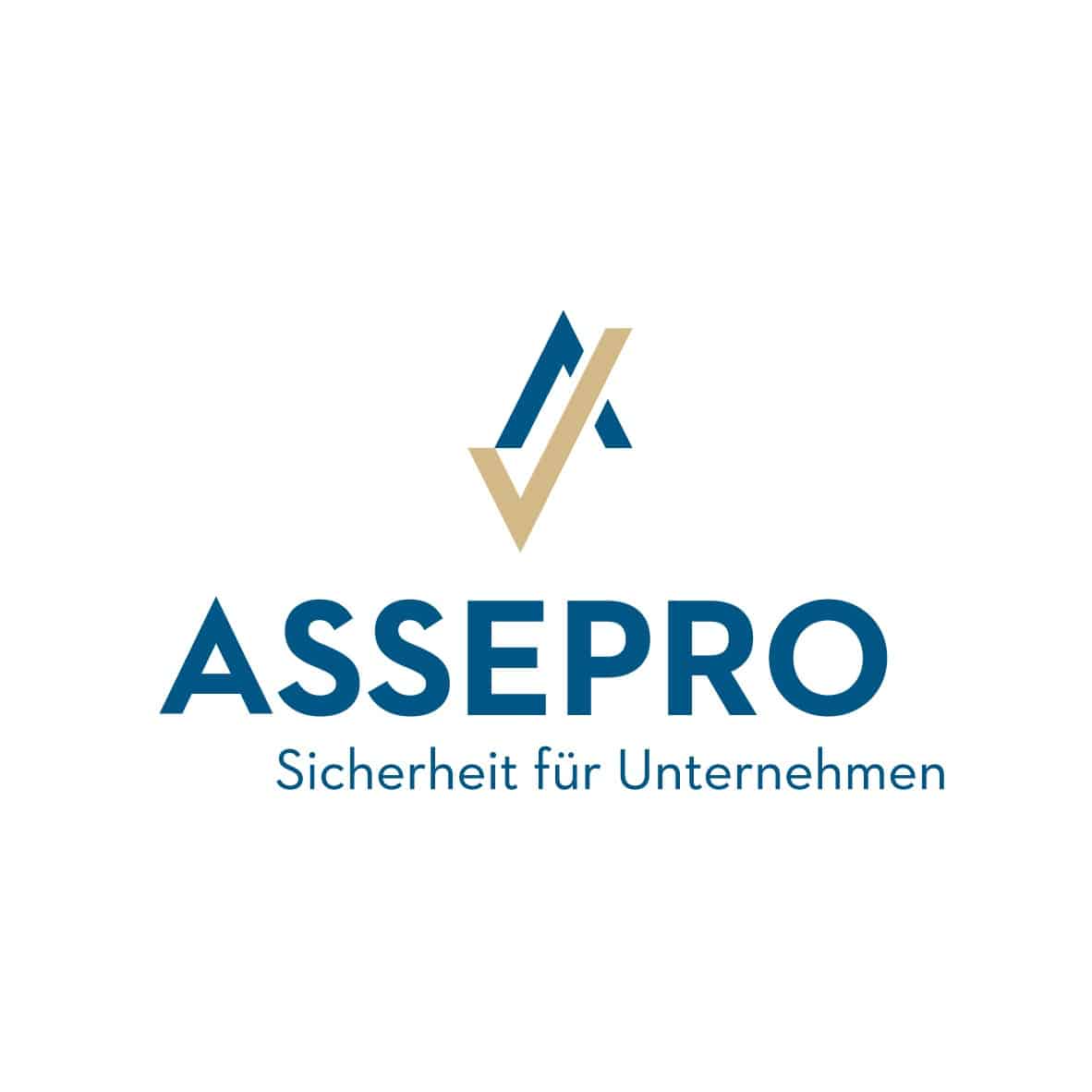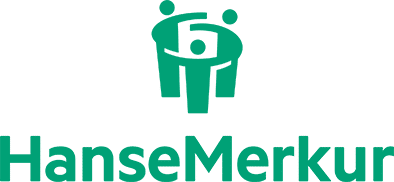Insurance for a sustainable world
15 January, 2025 | Blog Current General
Behind every sustainable solution is an insurance policy that tacitly makes it possible. The economy of the future will not make people ill. Nor will it tolerate poverty. As we enter 2025, it’s time to look at how insurance can help build a better, more inclusive world.
For far too long, systems have prioritized profit over people, economic growth and the planet. However, a truly sustainable economy must prioritize human wellbeing and environmental impact.
This article explores how insurance, often seen as reactive and conventional, is actually a transformative force for meaningful, lasting change.
What are the Sustainable Development Goals?
The Sustainable Development Goals (SDGs) are 17 global goals set by the United Nations in 2015.
The SDGs address the world’s most pressing challenges: eradicating poverty, reducing inequality and protecting the planet. They aim to ensure that everyone has access to quality education, healthcare and economic opportunities. From clean water and climate action to gender equality and decent work, the SDGs aim to improve lives and protect the planet for future generations. There are many papers on how insurance can contribute to the Sustainable Development Goals (SDGs): World Bank, Milliman or United Nations.
Here are some examples of how insurers are already making a difference.
Helping people to remain financially stable
(SDG 1: No poverty; SDG 8: Decent work and economic growth)
Insurance helps people, businesses and governments recover from disasters, illness or job loss. Microinsurance, especially for low-income families, enables people to recover quickly after difficult times.
Thanks to modern technology, we can use parametric triggers, satellite images or sensors to protect communities from the devastating consequences of natural disasters. For example, the Kenya Livestock Insurance Program (KLIP) uses satellite data to monitor fodder conditions. The insurance program enables timely payouts to farmers and helps them to preserve their livestock in difficult times.
Insurance products tailored specifically to SMEs protect against property damage, liability or business interruption. This protection helps SMEs to obtain loans, invest in growth, create jobs and contribute to economic development.
At the end of 2023, almost 4.6 billion people used the mobile internet. This presents a huge opportunity for insurers to offer microinsurance via digital platforms. Solutions that integrate mobile-friendly interfaces, digital payments and simplified processes can facilitate access to insurance for underserved communities and make them more sustainable.
Keeping people healthy
(SDG 3: Good health and well-being)
Health insurance gives people access to medical care without driving them to financial ruin. Insurance prevention programs can improve the quality of life for millions of people.
It has not yet been decided whether prevention reduces overall healthcare costs. While childhood vaccinations are associated with lower healthcare costs costs, insurers argue that “there is no use case for prevention”. It’s time to admit that good things cost money. Prevention costs, but the payoff is a healthier population. And that in itself is a better purpose than a short-term growth target.
Insurance companies have introduced holistic health programs in recent years. We are talking openly about mental and physical health and lifestyle choices to improve our wellbeing. This shows that the insurance industry is taking a step forward in creating sustainable solutions for wellbeing.
Instead of rejecting prevention altogether, we need to look for innovative technologies to develop affordable prevention.
Insurance for a sustainable planet
(SDG 13: Climate action; SDG 15: Life on land)
Insurance companies play a crucial role in solving climate risks. They provide funds to rebuild communities affected by natural disasters. In some cases, our industry is investing in solutions that reduce environmental impact.
Insurance companies are developing policies that encourage farmers to introduce sustainable land management practices. For example, farmers who practice crop rotation, organic farming or agroforestry could benefit from premium discounts. These practices contribute to soil health and biodiversity conservation and thus directly support SDG 15.
Another example is insurance products that support reforestation and afforestation projects. These policies protect trees from fire, disease and natural disasters that would impair the forest’s carbon sequestration.
Support for equality
(SDG 5: Gender equality; SDG 10: Reduced inequalities)
Tailor-made insurance solutions can support women and marginalized groups by addressing their specific needs and reducing inequalities. For example, the “Insuring Women’s Futures” initiative in Bangladesh offers life and health insurance to female entrepreneurs. This enables them to expand their businesses without having to fear financial ruin in the event of unexpected events.
Programs such as the Access to Insurance Initiative (A2ii) help regulators understand and promote fair, sustainable and inclusive protection solutions. The organization’s vision is to provide poor and vulnerable people with access to affordable insurance that meets their needs.
The United Nations Development Programs and the International Cooperative and Mutual Insurance Federation (ICMIF) have launched projects worldwide to improve women’s financial resilience.
Insurance for sustainable cities and municipalities
(SDG 11: Sustainable cities and communities)
My home country of Romania was hit by a devastating earthquake in 1977. The reconstruction of the main cities took years and was associated with enormous economic and social costs. In many countries, insurance programs against earthquakes and natural disasters protect homeowners by covering repair costs after major events, allowing families to rebuild and look to the future.
An AXA report from the year 2020 shows that higher insurance cover speeds up recovery after disasters. For every one percent increase in non-life insurance compared to a country’s GDP, the recovery time is shortened by around one year. Countries such as those in Western Europe, Japan, Australia and South Korea with insurance coverage of 3-4 percent usually recover in less than a year. In contrast, countries such as Bangladesh, Haiti, Nepal and the Philippines with very low insurance coverage often take over four years to recover.
One of my former superiors told me: “Insurance is not for rich people. Their house is destroyed and they move to another one the next day. But for poor and vulnerable people, insurance is often the only safety net.”
Support for innovation and infrastructure development
(SDG 9: Industry, innovation and infrastructure)
Insurance companies make large-scale projects possible by reducing risks. They promote innovation in the field of renewable energies and sustainable infrastructure.
For example, the US government promotes green energy by offering tax credits for renewable projects such as solar and wind energy. Tax credits such as the Investment Tax Credit (ITC) can often be sold on a secondary market to other companies if the project developer is unable to fully utilize them (e.g. due to insufficient tax liability). Large companies, banks or investors buy these credits at a reduced rate, allowing the seller to recoup some of the upfront costs and the buyer to reduce its tax obligations.
What does a buyer ask for when a seller wants to trade in their tax credit? Insurance, of course – property insurance for the project or liability insurance for an incorrect tax calculation. This whole ecosystem is supported by insurance.
As the ecosystem economy evolves, we will see more cases where insurance forms the basis of a strong proposition. Perhaps not so obvious, but definitely necessary.
Insurance enables partnerships
(SDG 17: Partnerships to achieve the goals)
Insurance is an important factor for partnerships that are formed to overcome global challenges.
For example, the ARCa specialized agency of the African Union, supports African governments in coping with climate risks. It offers weather index insurance to protect against droughts and floods. This initiative brings together governments, NGOs and insurers to pool resources and provide immediate financial support to affected communities.
Similarly, the Caribbean Catastrophe Risk Insurance Facility (CCRIF) is a risk pool that provides Caribbean governments with rapid financial payouts following natural disasters such as hurricanes or earthquakes. It is a partnership between insurers, governments and international organizations such as the World Bank that increases the region’s resilience to climate risks.
Finding meaning – insurance for sustainable development
When you reach midlife, you think about the meaning. I’m a mother and I want my daughter, her generation and future generations to have a great future. I used to think that insurance was… boring. But then I realized: I can make a difference with my knowledge.
Insurance is not just about policies and payouts. They protect lives, strengthen communities and protect our planet. They are a silent force with the power to shape a better future.
Insurance is not about policies or platforms. It’s about people – it always has been and always will be.
Mirela Dimofte
Read also: Shaping a sustainable future: How Niatsu is revolutionizing food production




